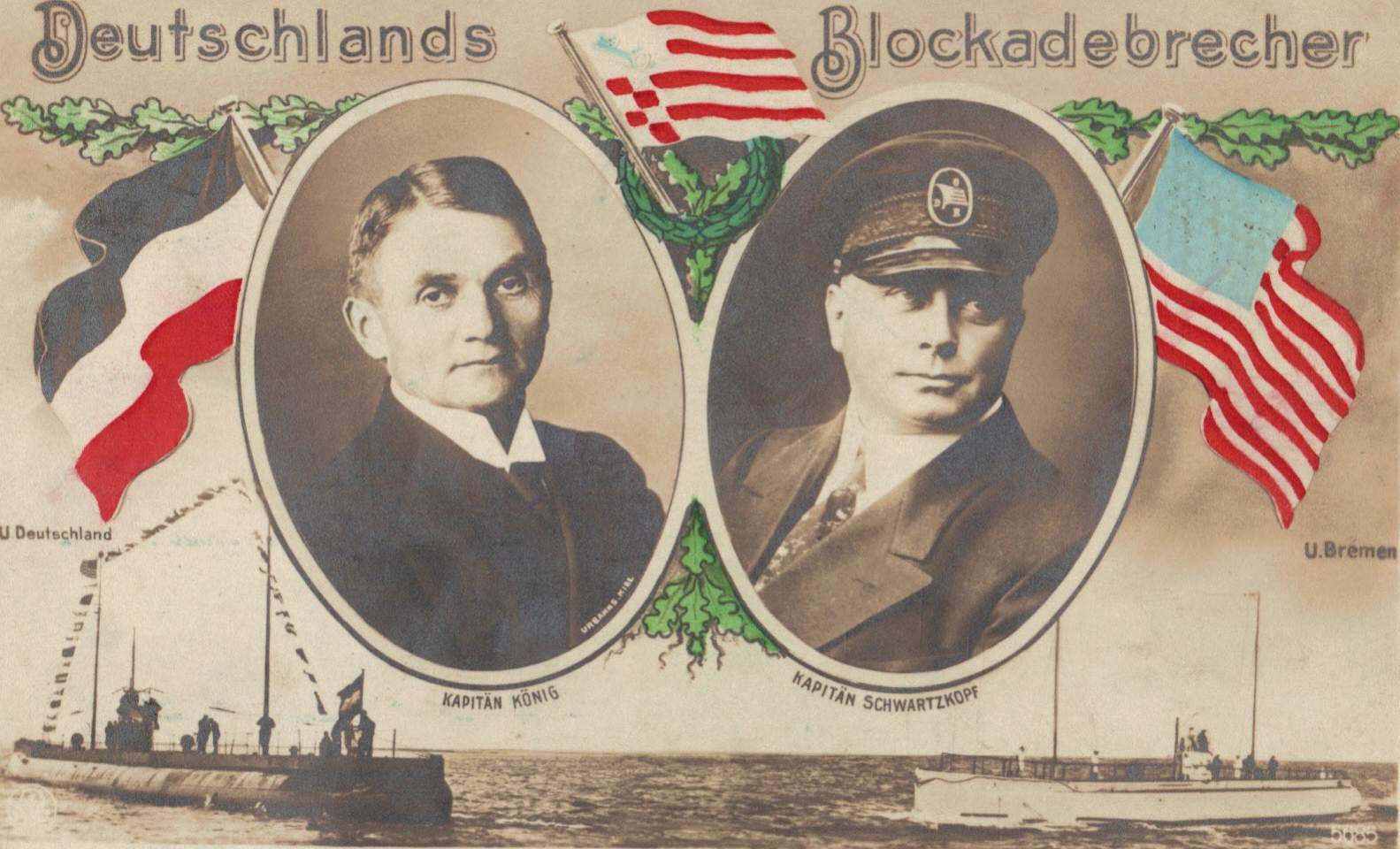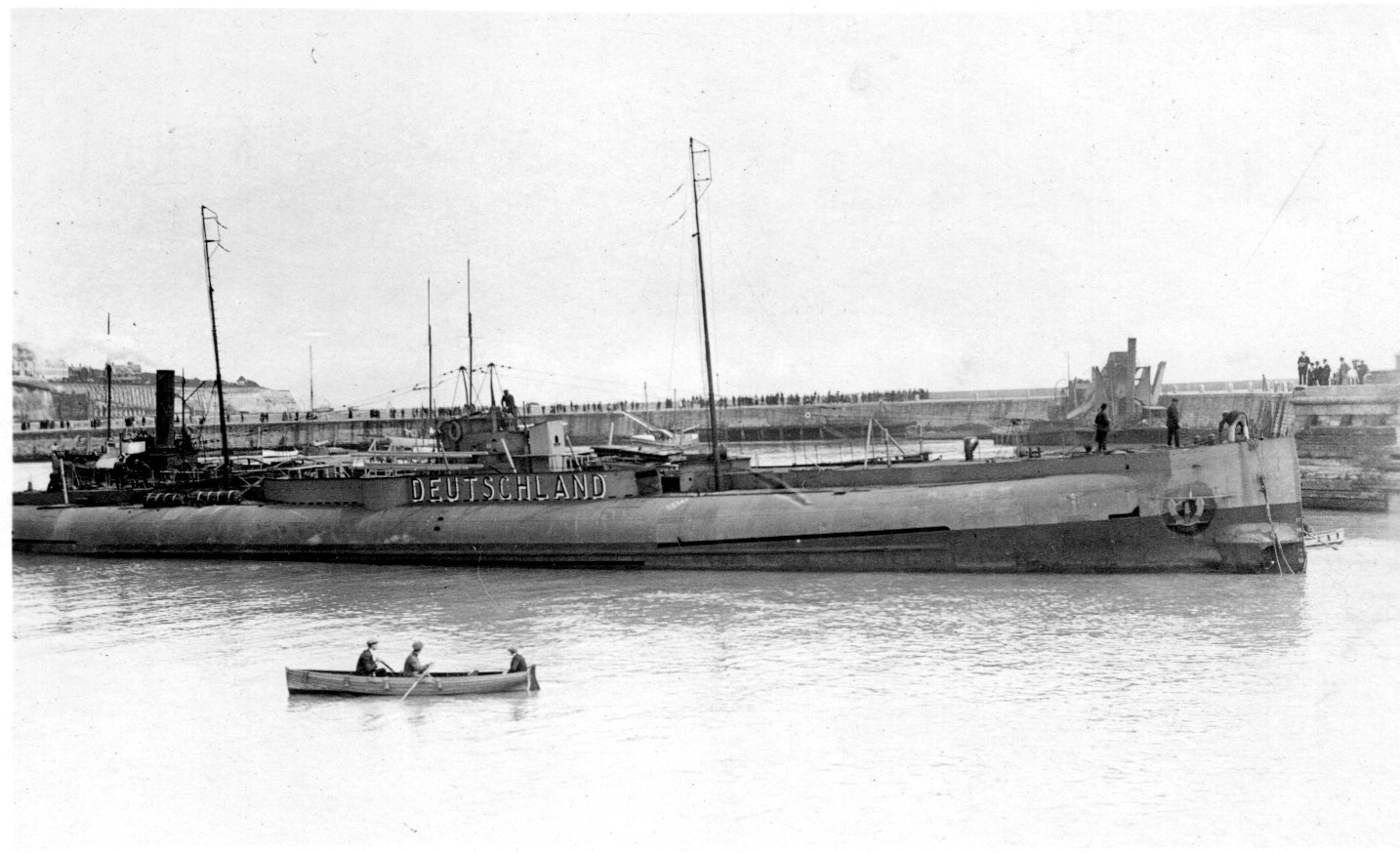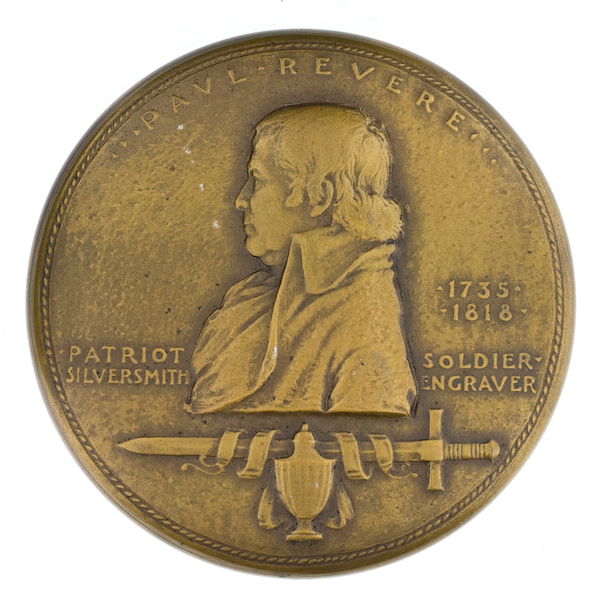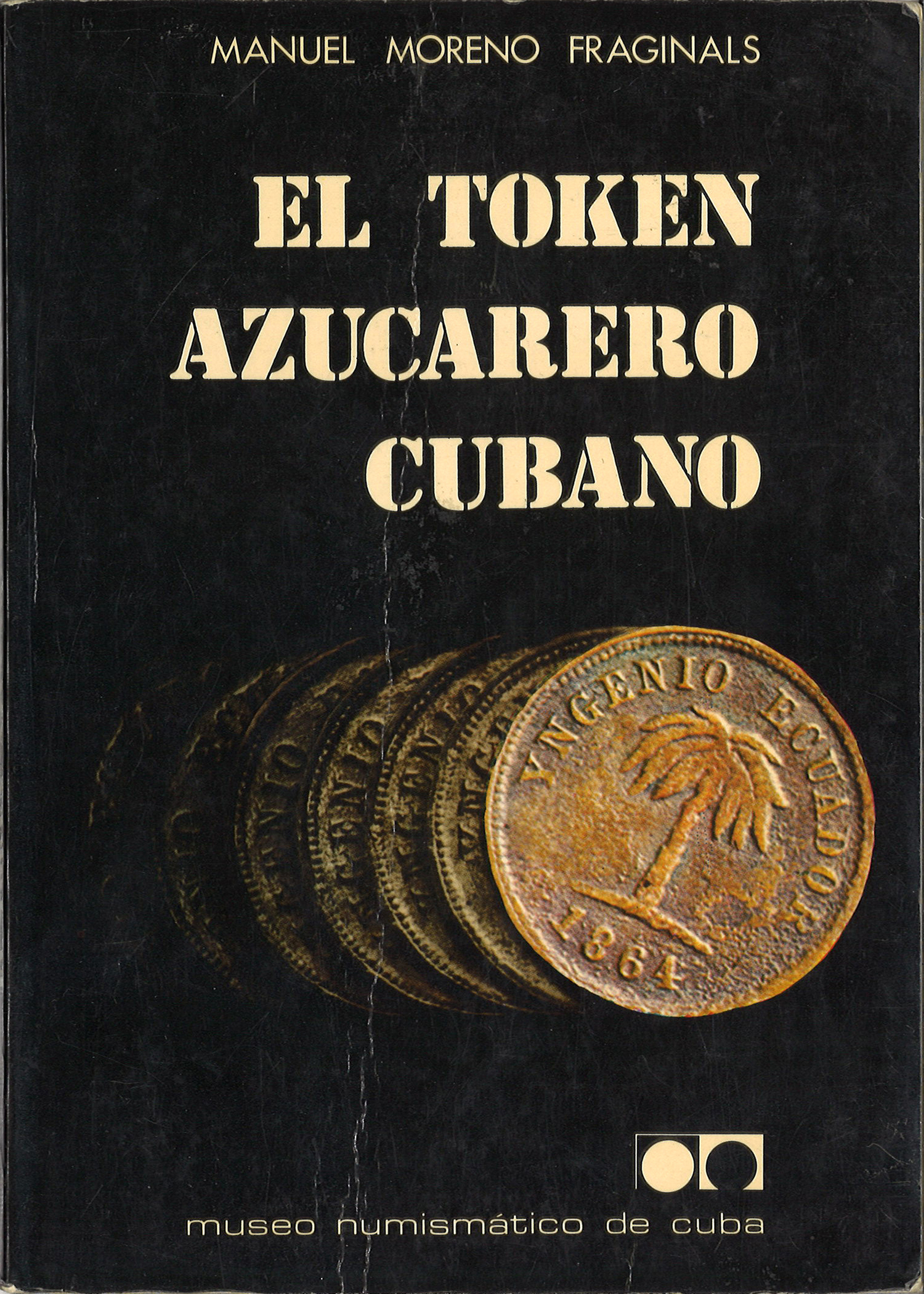Deutschland in Amerika: July 9, 1916
As the First World War raged in Europe, neutrality in the United States was fraught with growing tensions as supporters of both sides of the conflict began to draw lines in the sand. Almost three years were to pass from the beginning of the war in August 1914 until the United States finally entered the conflict on April 6, 1917. During this time, commerce between the United States and both the Entente (Russia, France, Britain) and Central Powers (Germany and the Austro-Hungary) continued. One of the more usual episodes in the ongoing trade with the belligerents took place in 1916. The Entente, spearheaded by the British Navy, had set up a blockade of Germany’s northern ports in the hopes of starving the country into submission. It was a tactic that proved effective, but not decisively so. While normal surface ships had little chance of running the blockade, the Germans realized that they could potentially employ their superior submarine technology to circumvent it.
The Deutschland was a nominally private German cargo submarine operated by the North German Lloyd line, which was built specifically to run the blockade. On its maiden voyage across the Atlantic, the Deutschland sailed mostly empty, but with tons of pig iron as ballast. It arrived and docked safely in Baltimore, on July 9, 1916. The pig iron was subsequently unloaded and turned into souvenirs, which were sold to support German-American charities.
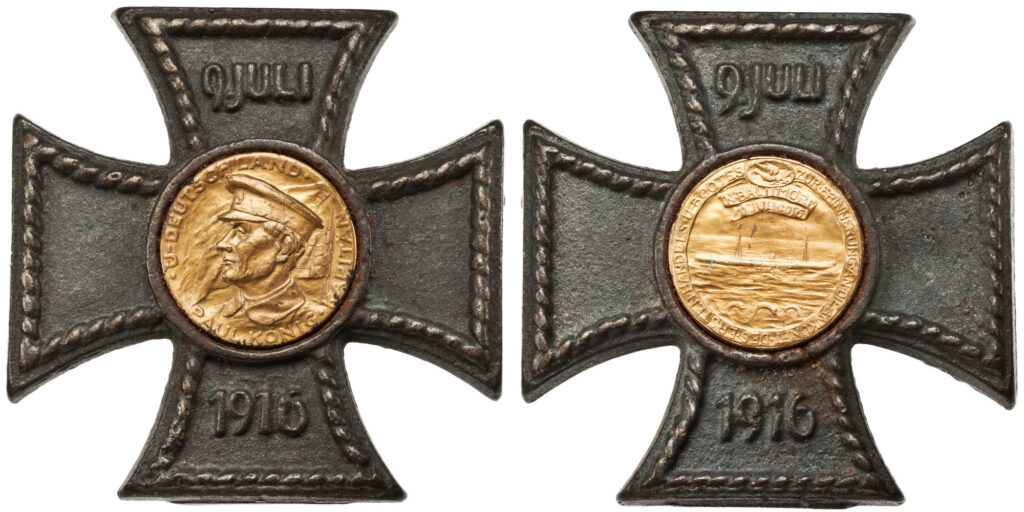
The submarine was loaded with mostly raw materials for its return trip home and Captain Paul König and his crew were feted as heroes all along the eastern seaboard that summer. The German Historical Society in New York City hosted an event for the crew at which the medal below was given.
Deutschland made another trip to the United States in the fall of 1916, this time landing in New London, Connecticut. A third planned trip in early 1917 was cancelled due to rising tensions in the aftermath of Germany’s renewal of unrestricted submarine warfare. Deutschland was soon thereafter militarized with torpedoes and guns, reemerging as U-155. The submarine went on to have a successful military career, sinking forty-two Allied ships and earning enmity of many Americans who had previously celebrated its blockade-running.


